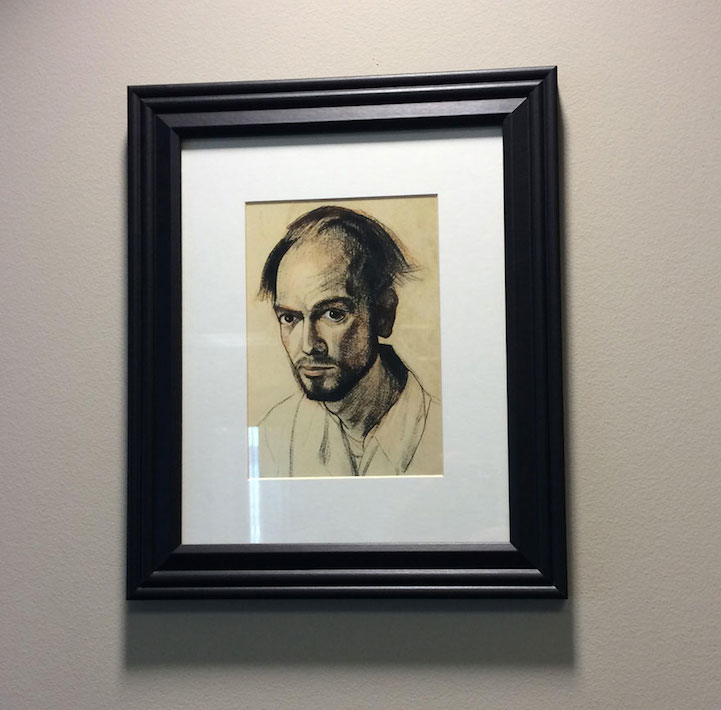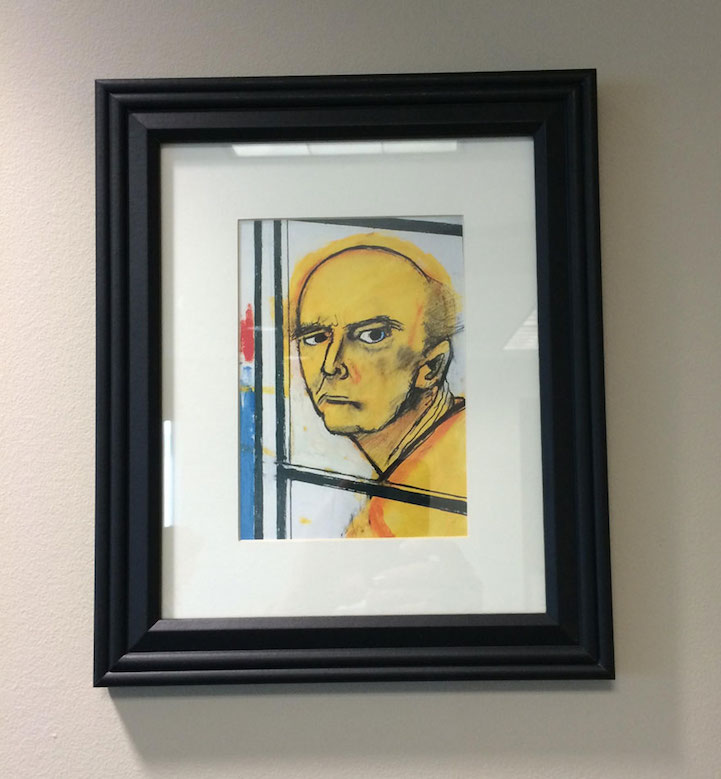Dementia in elder people has long been an inspiration for artists to create their works. The artworks usually depict the suffering of patient’s body and mind, or the loved one’s struggle to cope with the situation. The symptoms of dementia, such as memory loss, confusion, sudden changes in mood, and the problem with speech, hearing, and understanding, affect patient’s everyday life and their relationship with others.
While we can find some films about dementia, such as The Father (2020) or the Japanese Film “A Long Goodbye” (2019), only a few paintings deal with this issue. William Utermohlen’s self-portrait series is one of the artworks that documented the deterioration condition of Alzheimer’s patients.
Utermohlen is an American artist based in London. Utermohlen was 61 years old when he was diagnosed with Alzheimer’s disease in 1995. He then created his self-portraits series from time to time until 2000. Utermohlen was admitted to a nursing home where he created his powerful paintings of dementia’s effect.


The series depicts Utermohlen’s facial expression from his healthiest state to the most devastating effects of Alzheimer’s in his life. As time goes by, Utermohlen’s self-portraits became more abstract and had fewer details.
From the medical point of view, it can be explained by looking at the different dementia symptoms depending on which part of the brain that is damaged by dementia. For example, damage on the temporal lobes affects memory and visual perception, the parietal lobes on spatial awareness, the occipital lobes on color recognition, object recognition, and hand-eye coordination.
These portraits represent not only his declining capabilities, but also express his emotional changes. It conveys, as the artist’s wife-Patricia writes in an essay, his altered self, fears, and sadness. In the last portrait (2000), he became vaguer, with only scratches of his skull, nostrils, and mouth. It looks like he is disappearing from this world.
Utermohlen dead in 2007. Patricia always reminds him of an artist that always draw even when he is ill. Patricia recalled, “Even the time he was beginning to be ill, he was always drawing, every minute of the day. I say he died in 2000 because he died when he couldn’t draw anymore. He actually died in 2007, but it wasn’t him by then.”
In my view, Utermohlen’s portraits trigger some philosophical questions, such as: if some parts of my brain and body stop functioning, am I still I? do I still have the same personality? What is a self? Does the self only depend on physical and material things or beyond that? What is a worthy life?
Utermohlen’s series is a heart-breaking portrait, but it also encourages the viewer to reflect on what self and life are.
